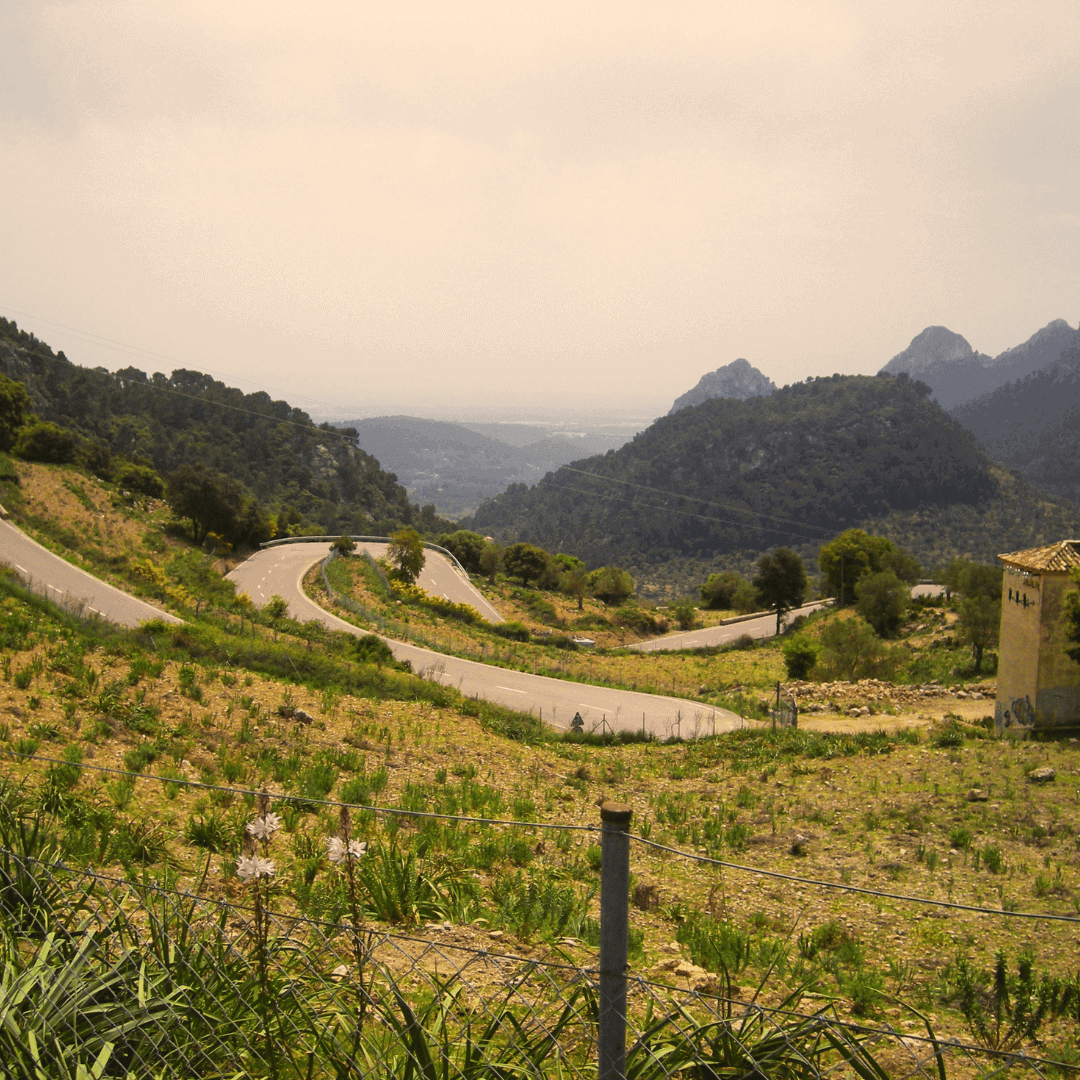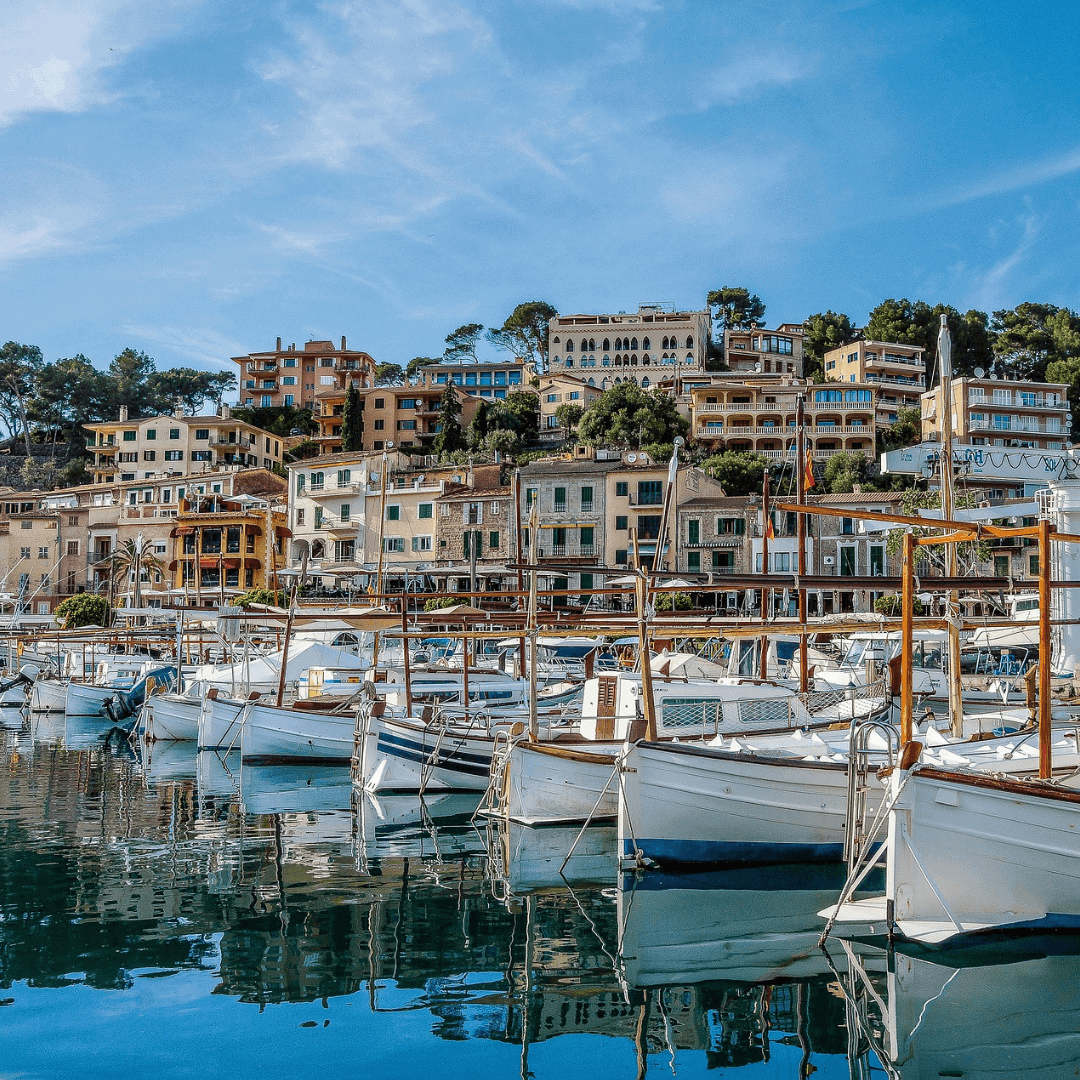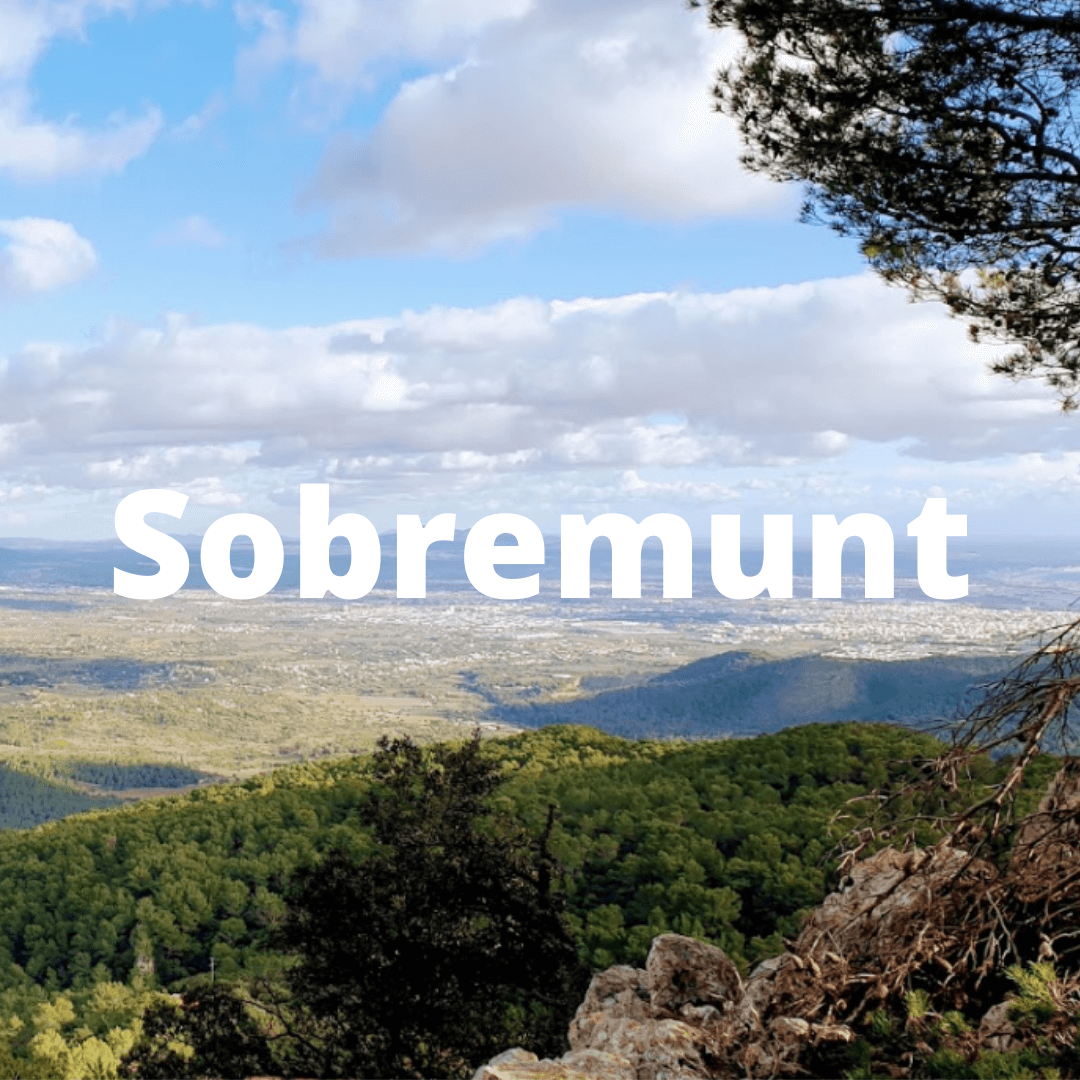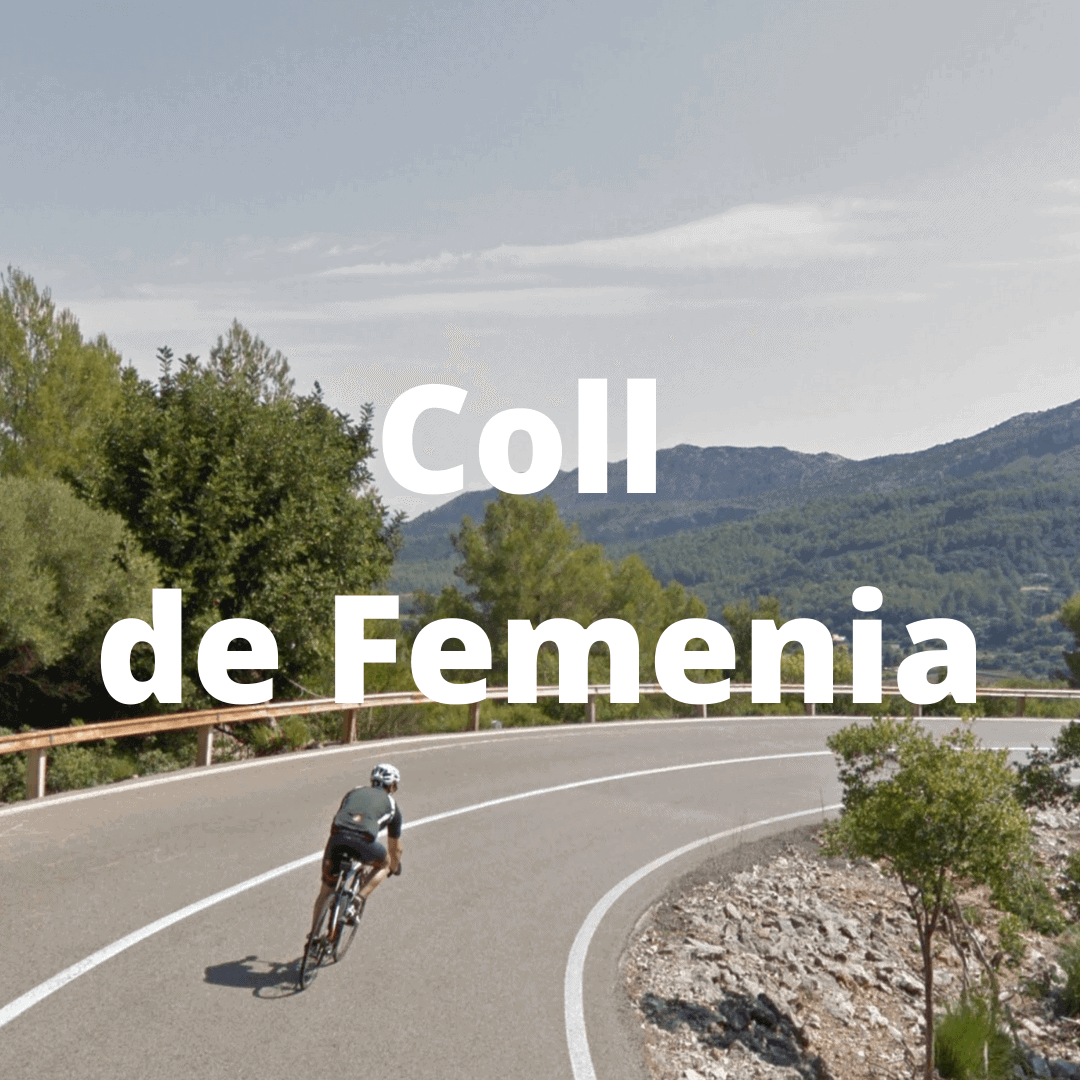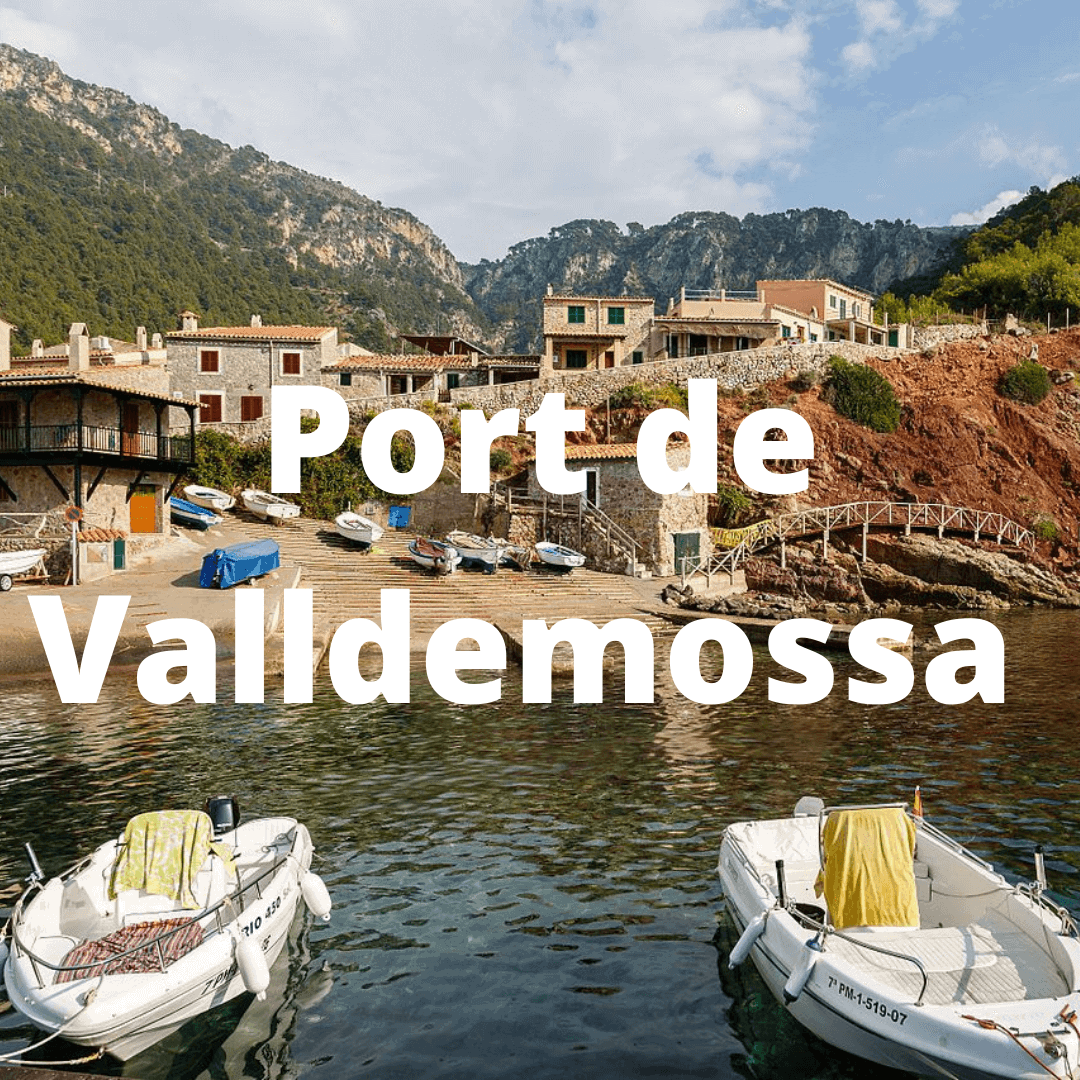Riding The Coll de Soller
Cycling the Coll de Soller climb is a ride that infatuates so many cyclists who flock to Mallorca. The southern ascent which is the shorter than the north offers 20 tight bends while the north side has almost 30 hairpins to contend with. The northern ascent can also be ridden straight from Port Soller giving you another 4km of climbing. It is not only a feat of engineering in the heart of the Tramuntana mountains, but a piece of cycling art, whichever side you choose to ride from.
Located barely 20 kilometres away from Palma de Mallorca, this is certainly a bucket-list ride for road cycling holiday in Mallorca. There’s also a superb out and back route to Coll de Sóller from the town of Pollensa that will take you 130 kilometres across the Tramuntana range tackling the Coll de Femenia and Puig Major climbs. Road cycling in Mallorca is a serious challenge even for experienced cyclists.
What's the Coll de Soller from the south like?
The South Ascent
Coming from Palma de Mallorca on the MA-11 road you'll reach a roundabout and take the second exit (be careful not to take the first exit which is a tunnel for cars only). Here, you will see a sign for Sóller which is 13km. It's here that the southern ascent starts. It's the shortest route up the Coll de Sóller at 4.9 kilometres in length.
The first few hundred meters are quite forgiving and always under 3%, a nice warm up to get into climbing pace. As you hit the first hairpin you’ll be greeted with hard ramps up to 11%. Here the road gets narrower and its shoulder practically disappears. You need to be very careful here as the tarmac is not in mint condition as in other climbs around the island. Make sure you are aware of this too if you're planning on descending the climb on your cycling holiday.
After a couple more turns you’ll get to the longest straight section of the whole climb, and it won’t last even kilometre. The gradients fluctuate between 5% and 6% as you climb surrounded by quaint olive tree plantations that don’t offer much protection from the sun and wind. At the end of the straight segment there will be a few meters of respite before kicking up again with a quick succession of tight bends.
Hairpin Heaven
The last 3 kilometers of ascent is where the hairpins come thick and fast. You’ll get to ride 20 sharp turns that are barely separated 100-200 meters from each other and offer fascinating panoramic views as you climb. The gradients are still pretty stable around 6% but they can ramp up to 12% on the inside line of the turns.
Some of the right turns are so narrow that you might even have to hit the brakes if you are smashing it up for a PB. The summit at 497 meters above sea level is clearly signposted on the right hand side of the road.
What's the Coll de Soller from the north like?
The north side
The north ascent starts from the town of Sóller and it’s a longer effort but with equally enthralling views and dramatic road turns. The climb is just under 8km long but you can start your ride in Port Soller which adds another 4km plus 100m of ascent to your climb.
The road into Soller and down to the port can be busy, especially in high season so you might have to wait a bit for the more beautiful sections. The first 2 kilometres are a straight approach on a wider and busier section of the road MA-11. Right before the entrance of the tunnel, you’ll take the left diversion into the quieter and narrower road to the top.
The north side is significantly more protected from the sun, especially in the early hours of the day, and the gradients are as steady as on the other side of the climb. The main difference is the longer length with a proportionally higher number of hairpins. Between kilometre 4 and 6 there are actually 16 switchbacks.
The summit
At kilometre 6 there’s a rest area on the right hand side of the road followed by the longest straight section since the beginning of the hairpins (just 500 meters). You’ll know you are in the last kilometre when the road begins to snake again all the way to the top.
There's a restaurant on the right after the last hairpin but keep pushing those pedals for a hundred meters more until the sign if you want to clock a good time on Strava.
Key statistics
Coll de Sóller (South)
Length: 4.9 kilometres.
Average Gradient: 5.1%.
Toughest Gradient: 12%.
Coll de Sóller (North)
Length: 7.4 kilometres.
Average Gradient: 5.7%.
Toughest Gradient: 13%.
The South side of Coll de Sóller is a category 3 climb with an elevation gain of 247 meters. The North of the Coll de Soller is a category 2 with 417 meters of climbing.
There aren’t any super steep sections apart from the inside lines of some hairpins maxing at 12%. You should be well-equipped with a standard compact groupset 34T-28T.
The South side is short enough to be tackled on the big ring if you are doing a hard training effort. You can climb it in 15 minutes at less than 4 Watts per Kilogram. Meanwhile, the north ascent is a longer effort of around 15-30 minutes.
Top Tips for Cycling the Coll de Soller
Descending (both ways) is a thrilling experience but should be undertaken with utmost caution. It's not too busy up the top of the climb but it can be progressively busier on the north side towards the port or the south side towards the flatlands. It’s easy to overcook a narrow turn so be careful of oncoming cars and cyclists. On the whole, the road surface isn’t bad but it’s not the best in Mallorca, and the North side can be damp in the early hours of the day as it's very sheltered from the sun.
As a general rule when riding on the island it’s a good idea to have a gilet tucked in your pocket. It can get windy at the top of the climbs and chilly on shaded descents, which the northern descent from the Coll de Soller to Port Soller, certainly is. The South side of the climb receives more sunlight and it can get pretty hot in the summer months so avoiding the central hours of the day would be our recommendation.
Combine the Coll de Soller with other iconic climbs such as Coll d’Honor or Puig Major. The route options are varied and suited for every type of cycling holiday ranging anywhere between a leisure 20 kilometre spin and a hardcore endurance 160 km ride with over 2,000 meters of elevation. It all depends on your legs.
Where to Refuel with Coffee & Cake
Before cycling the Coll de Soller from the South side you might stop to refuel in the nearby town of Bunyola, just 4 kilometres away from the starting point of the climb. There aren’t any cafes or shops along the way on either side of Coll de Sóller but given the distance you aren’t likely to need sustenance in the middle of the climb.
Conveniently located a few meters over the top is the great Ca’n Topa, a local restaurant offering nice coffee, cakes and a selection of local cold cuts and bread. For a longer dining experience on a terrace overlooking the valley you might want to stop at D'alt des Coll, a restaurant sitting at the edge of the hill right before the sign marking the top of the climb.
If riding the North side of the climb, you’ll have plenty of cafes, restaurants and shops in the town of Sóller, just a couple of kilometres from the beginning of the ascent.
Coll de Soller Weather
If you're cycling the Coll de Soller from the north, it is really well shaded from the sun so you will find it quite cool in the mornings. The south side gets more sunshine so depending on where you ride from, come equipped. The Coll de Soller is in the middle of the mountains so you might be looking to make this part of a longer route. If you are make sure that you're summiting early morning in the height of the summer.
Coll de Soller GPX File (South)
Coll de Soller GPX File (North)
The Best Climbs in Mallorca
If you enjoyed reading about the Coll de Soller, check out these other great cycling climbs in Mallorca.
